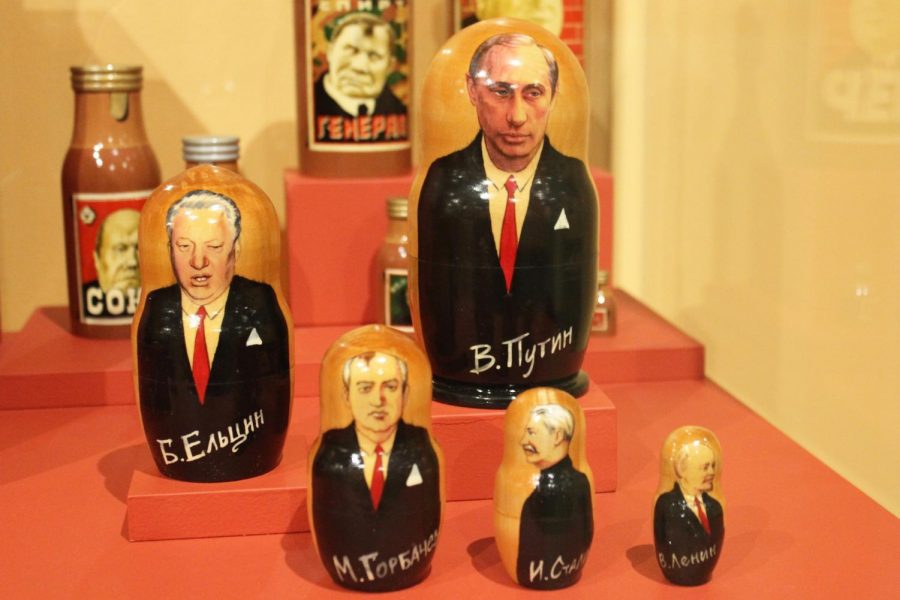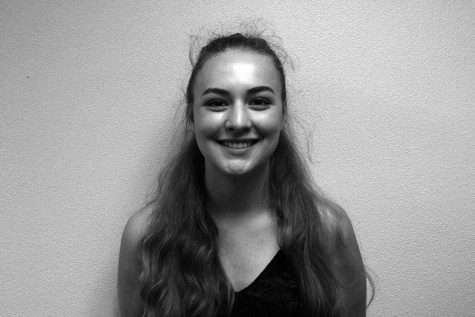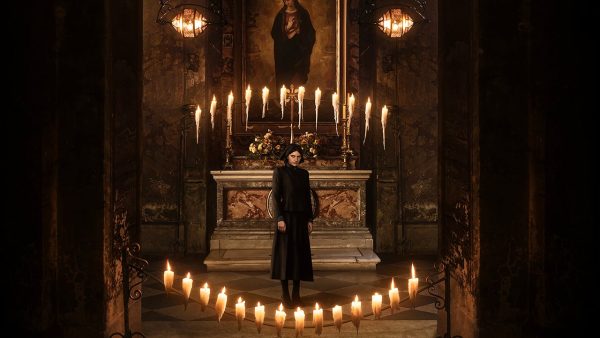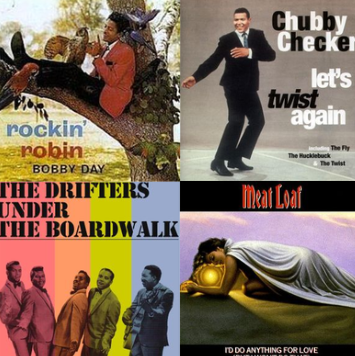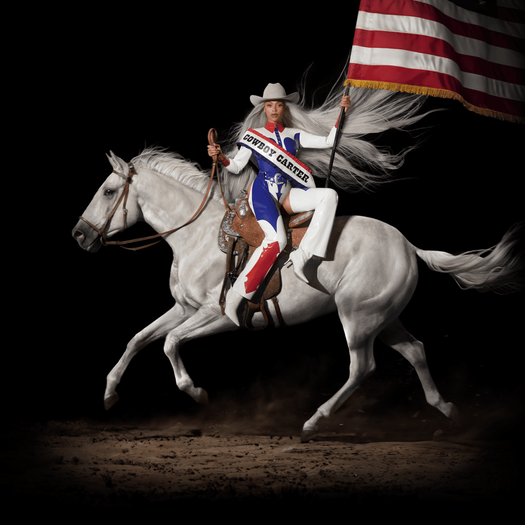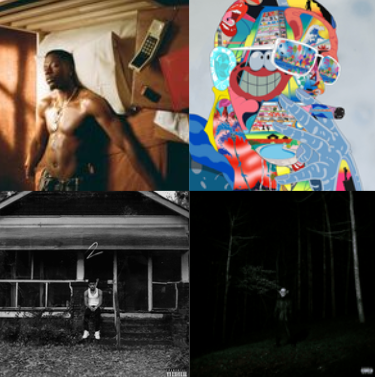Museum of Russian Art dense with culture
Various artwork showcases complex history
December 21, 2017
For students interested in learning about history and culture through an artistic lense, the Minneapolis Museum of Russian Art is a hidden treasure.
Occupying an old church off of Highway 35 and Diamond Lake Road, the museum is neither overtly pronounced nor massive, but the art it contains reflects many different aspects of Russian history and culture.
Upon walking into the museum, visitors are greeted by welcoming staff who inform them of the various exhibits and available tours. The tour guides are informative and give the artwork a meaning by explaining their historical context and significance.
The main gallery occupies what used to be the church’s sanctuary, giving the museum an open atmosphere. A second exhibition, lofted above the sanctuary, adds to the wide, inviting feeling of the galleries.
The main gallery houses the Russian Sacred Art exhibit, which showcases dozens of Russian icons from the nineteenth century of orthodox interpretations of Biblical characters and scenes. The entire gallery exudes the religious identity of pre-revolutionary Russia.
Exhibition pieces include many depictions of Mary and Jesus like Mother of God of Kazan and Mother of God of Vladimir. Some of the more intriguing icons depict rather gruesome scenes of people falling into pits of fire at God’s will, like in The Last Judgement.
The lofted gallery starkly contrasts the work below, featuring bright, almost impressionistic paintings of landscapes and villages. The exhibit holds artwork from the Vladimir School of Painting movement that took place in the 1960s and 70s in the Vladimir region of Russia. Unlike much of the Soviet art that glorified the Revolution and the new communist state, the movement’s work shows scenes absent of workers, and glorifies the countryside and village life, offering an entirely different perspective on the nature of Soviet Russia.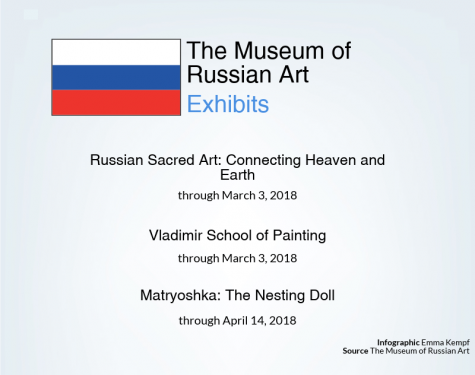
A third gallery located in the basement is the most whimsical and humerus of the three. The exhibition features dozens of Matryoshka nesting dolls from the 1990s. These aren’t your average Russian nesting dolls though. The gallery shows the creativity that burst forth in the arts after the collapse of the Soviet Union. One set features Russian political figures, including Lenin, Stalin and Putin. Another set displays the famous paintings of Vincent van Gogh. Some recount the adventures of Dorothy in the Wizard of Oz.
The three galleries display all different sides of Russian history and culture. For someone seeking to learn about the arts in Russia before, during and after the Soviet Union, visiting the Museum of Russian history would make both an informative and entertaining afternoon.
Students can purchase tickets for five dollars at the door. The Russian Sacred Art exhibit and the Vladimir School of Painting exhibit are on display through March 3, 2018 and the Matryoshka Nesting Doll exhibit is on display until April 14, 2018.



